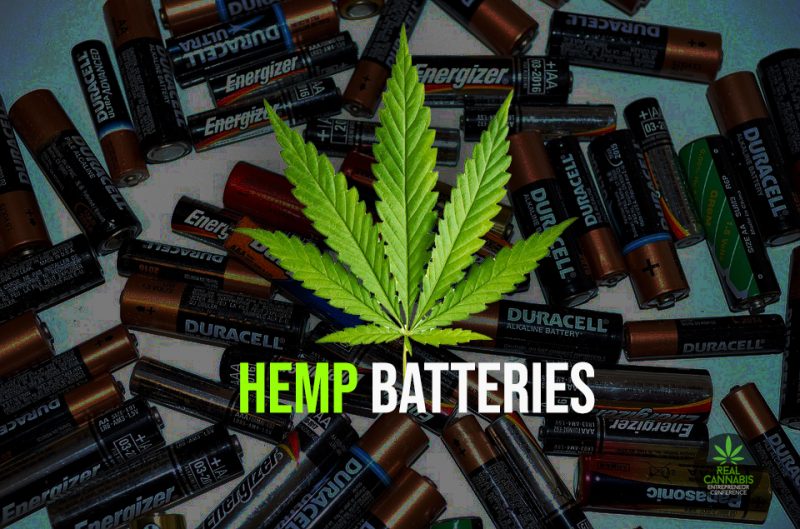
**1. Harvesting and Processing Hemp:
- Harvest hemp plants at the peak of their growth cycle, when they contain the highest concentration of biopolymers.
- Separate the hemp fibers from the stalks and seeds.
- Wash and dry the hemp fibers thoroughly to remove any impurities.
**2. Preparation of Hemp Biopolymers:
- Convert the hemp fibers into a form suitable for battery production, such as dissolving them in a solvent to create a liquid biopolymer solution.
- Employ a process like electrospinning to create nanofibers from the hemp biopolymer solution.
**3. Battery Electrode Design:
- Spin-coat the hemp nanofibers onto conductive substrates, such as carbon nanotubes or graphene, to form the cathode and anode of the battery.
- Optimize the thickness and porosity of the nanofiber layers to achieve the desired electrochemical properties.
**4. Electrolyte Preparation:
- Develop an electrolyte solution that is compatible with the hemp biopolymer electrodes and has good electrical conductivity.
- Employ ionic liquids, organic solvents, or aqueous solutions as the electrolytes.
**5. Battery Assembly:
- Sandwich the hemp biopolymer electrodes between the electrolyte solution, creating the core of the battery cell.
- Seal the battery cell using a suitable membrane or encapsulation material.
**6. Battery Testing and Optimization:
- Conduct electrochemical testing to evaluate the performance of the hemp-based battery, including its capacity, energy density, and cycle life.
- Optimize the electrode materials, electrolyte composition, and cell construction based on testing results.
**7. Packaging and Production:
- Design and develop packaging materials that can protect the hemp-based batteries from damage and ensure safe handling.
- Establish efficient production processes to scale up the production of hemp-based batteries for commercialization.
Sustainability Considerations:
- Employ sustainable farming practices to cultivate hemp, minimizing the environmental impact.
- Use renewable energy sources during the production process to further reduce the carbon footprint.
- Develop recyclable or biodegradable components for the batteries and their packaging.
Safety Considerations:
- Utilize non-toxic hemp biopolymers that are safe for human contact and environmental disposal.
- Implement rigorous quality control measures to ensure the integrity and safety of the batteries.
- Develop safety protocols for handling and disposing of hemp-based batteries.
By following these steps, it is possible to produce sustainable, safe batteries from hemp that can contribute to a more environmentally conscious and sustainable future.

